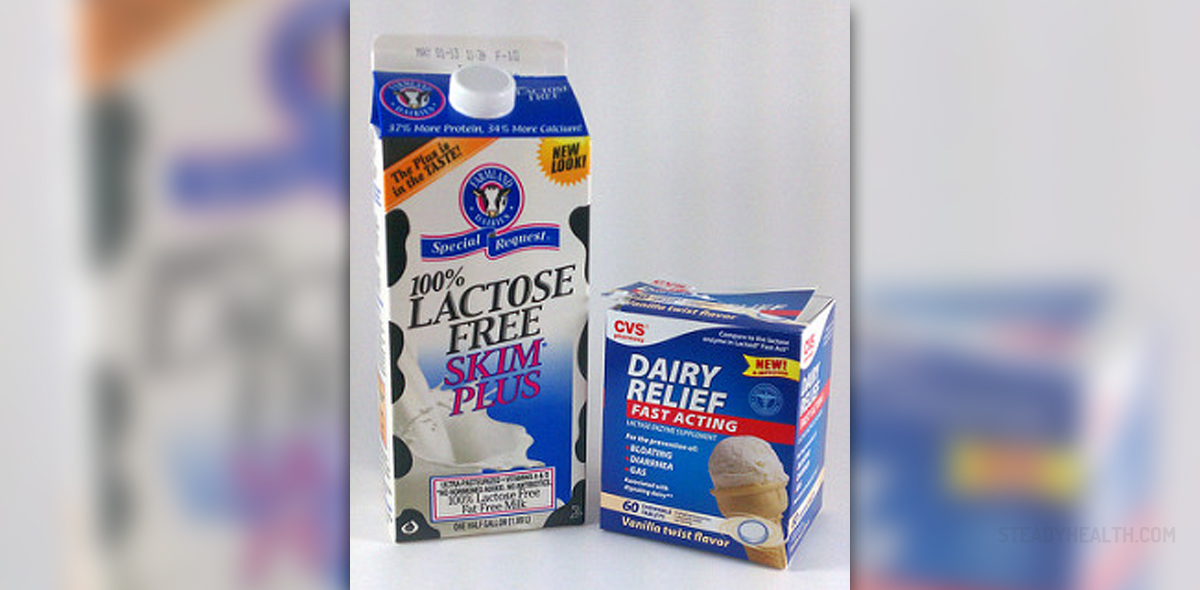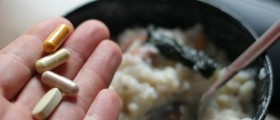
Lactose intolerance is a term used to describe the body’s inability to digest lactose, which is the predominant sugar found in milk. This is a common problem, with estimated fifty million Americans suffering from it. It is also estimated that 75 percent of Native Americans, Afro-Americans, Mexican-Americans and Jewish have lactose intolerance, while in Asian-Americans the percentage is even higher.
Lactose intolerance is caused by the lack of an enzyme called lactase, produced by the lining of the small intestine. The purpose of lactase is to break down lactose from milk and dairy into simple sugars that can be easily digested. When there is not enough lactase to break down milk sugar, it causes a situation that is not dangerous but it can be very distressing.
Symptoms of lactose intolerance, which set in after consumption of foods containing lactose, include nausea, bloating, belching, abdominal cramps and diarrhea. The severity of the symptoms depends on the amount of lactose that a person can tolerate, based on the amount of the lactase enzyme in their system.
Since lactose intolerance has become very common, the food industry has started producing foods that are lactose-free, even though they normally should contain this sugar, such as lactose-free milk, cheese, yogurt, cream, ice cream, milk shakes and such.
Prevention of lactose intolerance
The prevention of lactose intolerance actually aims to prevent or alleviate its symptoms, not the condition itself. Of course, the symptoms can be avoided altogether by not consuming anything that contains lactose. This, however, can be difficult since traces of milk and lactose can be found in many pre-made foodstuffs, and not only in dairy products like cheese, milk, yogurt and such. Vegan foods are a good alternative since soy milk, soy yogurt and others do not contain lactose.
Those who do not suffer from severe lactose intolerance can simply focus on foods with low content of lactose, such as low-lactose Cheddar or Swiss cheese, yogurts with active live cultures and similar. Milk will cause much less discomfort if consumed in combination with meals and not alone. In addition, there are lactose formulas that can be purchased in drugstores and used to pre-treat the milk. If added to milk, which is then refrigerated for 24 hours, these formulas can hydrolyze up to 99 percent of the lactose.
It is important to realize that lactose intolerance does not mean having to give up on dairy products forever. Sometimes this condition is only temporary and associated with other gastrointestinal problems, such as stomach flu, a parasitic infection or inflammatory bowel disease.

















Your thoughts on this
Loading...